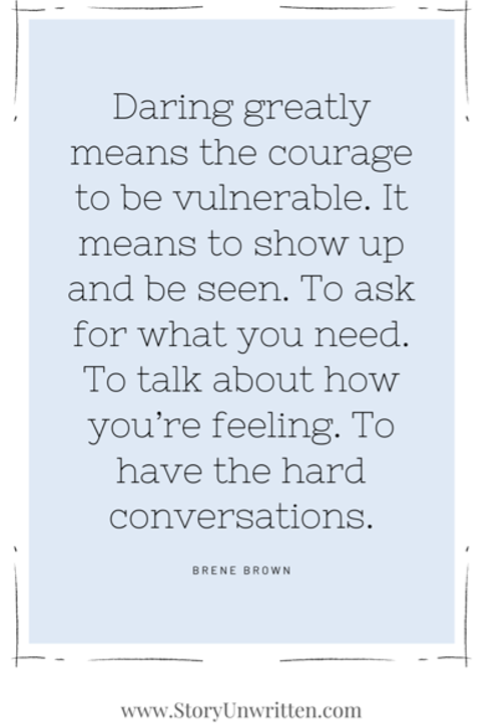It is so easy to coast when things are going well in a relationship. Little frustrations and annoyances seem insignificant, so we go along without feeling a need to bring anything up and upset the good vibes. What goes unnoticed is on a very subtle level those “little” things are sitting in the back of our minds are starting to build. Eventually, something will be the final straw and all those unspoken issues show up with gusto. We come to the table with raw emotion and a sense of justified anger, ready to get things off our chest. As you can imagine this barf-bag approach to working through things is not ideal. We tend to walk away hurt and confused as to why resolution remained out of reach while the other person feels attacked, flooded, and looking for a mountain day spa to get away.
Luckily, this does not have to be the relationship’s destiny. Moving from the miserable cycle of coasting to crisis, regular check-ups can create a chance to talk through things while they are still small or before resentments get traction. I was recently introduced to Multi Amory’s R.A.D.A.R model, a clear step-by-step process that provides both parties a way to prepare for and implement a constructive conversation. I’ll summarize core concepts here (and add a little commentary), but feel free to review the linked resources below to learn more.
- Grab the paper listing the outline of topics to cover. The authors also have a format to follow that includes how to start the conversation and the core topics to cover. Of course, each party might have additional items to discuss, but the list covers the major components of a relationship. I recommend having an adorable cat to pet or some chocolate to share.
- Know exactly what you want from the conversation. This may include sharing, validation, advice, problem-solving, etc. Let the other person know so they do not have to guess.
- Make sure you can show up as your best self. Already agitated because of a lack of sleep, angry, stressed, or compromised (ex: intoxicated) will only make things harder. As Bierce said, “Speak when you are angry and you will make the best speech you will ever regret.” I encourage both parties to consider the qualities that are inviting: tone, word choice, body language, and facial expressions. Starting off with a pleasant tone goes a long way. In addition, from the start to the finish, do all you can to ensure the exchange maintains an overall quality of respect, curiosity, and a desire to show up well. As a colleague said, “Let your heart connect with another’s heart.”
- Once ready to address something tender, the folks at Multi Amory borrow from the recommendations made with Rosenberg’s Nonviolent Communication approach. For those familiar with Dialectical Behavioral Therapy, this is similar to “DEAR”. Basically, the speaker provides a factual recount of the situation, void of assumptions and hurtful adjectives. Feelings are then shared followed by the stated need/core request. Once the context is clear to all involved, the parties are ready to discuss the options and determine how to move forward. Example: “I’ve noticed you’ve been coming home a half hour to an hour later from work than usual for the last week or two. I’m concerned about your stress and frustrated that things are unpredictable. If you would call me if you are going to be more than twenty minutes late, I can start working on other things in the meantime. Then when you get home, I can have chores done and be ready to connect.”
Isn’t it fantastic that there are so many wise people to draw from?!? Enjoy capitalizing on their suggestions: skillful check-ups can make all the difference in the world to keep a relationship healthy and loving. Here’s to meaningful conversations that help us grow individually and in relationships!

Resources
Relationship anarchy smorgasbord
